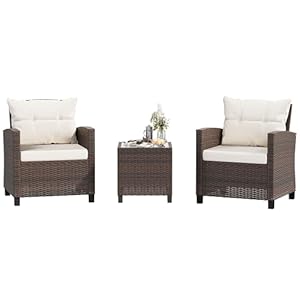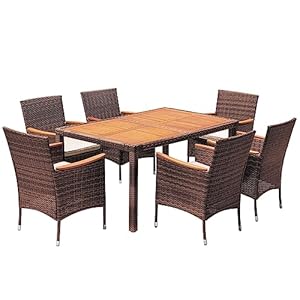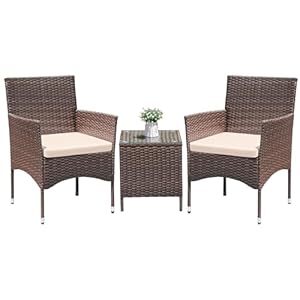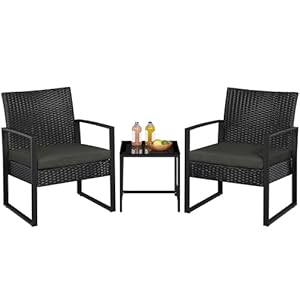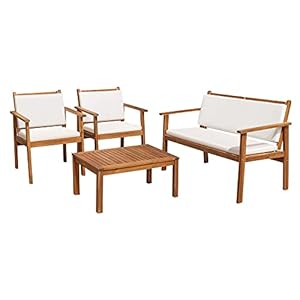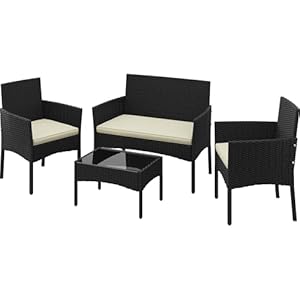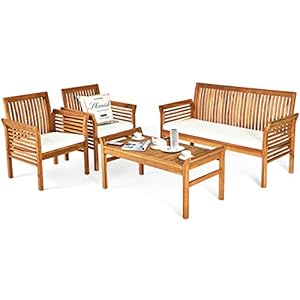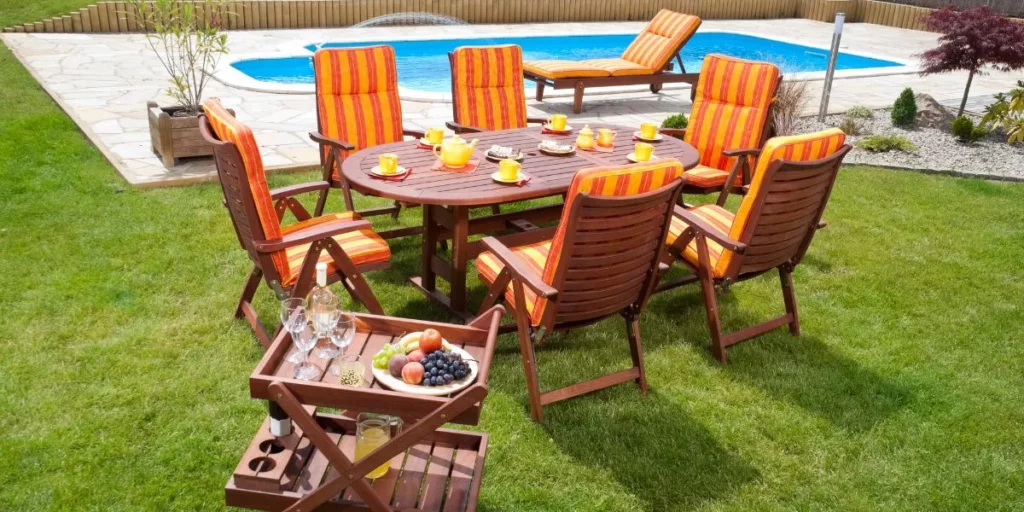
When it comes to caring for your outdoor furniture, the changing seasons bring unique challenges that require attention. From protecting against harsh sunlight to preparing for winter’s chill, understanding how to maintain your garden pieces is crucial. By exploring the nuances of seasonal garden furniture care, you can elevate your outdoor space and ensure your investment lasts.
Cleaning and Maintenance Tips
To keep your garden furniture in top condition throughout the seasons, regularly clean and maintain it using simple techniques. Start by dusting off any debris with a soft brush or cloth. For wooden furniture, a gentle wipe down with a mixture of mild soap and water can work wonders. Remember to thoroughly dry the furniture after cleaning to prevent any water damage.
Inspect your furniture for any signs of wear or damage. Tighten loose screws or bolts and replace any missing ones to ensure stability. For metal furniture, a coat of rust-resistant paint can help protect it from the elements. Additionally, applying a sealant to wooden furniture can prolong its lifespan and maintain its appearance.
During the warmer months, consider giving your furniture a fresh coat of paint to revitalize its look. For cushions and fabrics, check the care instructions and wash or replace them as needed. By taking these simple steps, you can enjoy your garden furniture for years to come.
Seasonal Storage Solutions
Consider implementing efficient seasonal storage solutions to safeguard your garden furniture during periods of non-use. Proper storage can significantly extend the lifespan of your outdoor pieces, keeping them in top condition for the next season. Start by investing in high-quality furniture covers that are weather-resistant and provide protection against sun, rain, and dust. These covers will shield your furniture from the elements and prevent damage caused by exposure.
If possible, store your garden furniture in a shed, garage, or storage unit during the off-season. This enclosed space will offer additional protection from harsh weather conditions and potential theft. If indoor storage isn’t an option, stack and cover your furniture in a sheltered area like under a sturdy tarp or in a covered patio. Make sure to elevate your furniture off the ground to prevent moisture buildup and potential mold growth.
Repairing and Restoring Techniques
Explore practical methods for repairing and restoring your garden furniture to maintain its quality and aesthetic appeal for prolonged use. Regularly inspect your furniture for any signs of damage such as cracks, loose joints, or rust.
For wooden furniture, sanding down rough areas and applying a fresh coat of outdoor sealant can help revive its appearance and protect it from the elements. Tighten any loose screws or bolts to ensure stability. In case of broken parts, consider using wood glue or metal brackets for reinforcement.
For metal furniture, remove rust using a wire brush or sandpaper, then apply a rust-resistant primer and paint to prevent further corrosion. Replace any severely damaged or rusted parts to prolong the furniture’s lifespan.
Wicker furniture can be restored by gently washing it with mild soap and water, allowing it to dry completely, and applying a clear lacquer for protection.
Protective Measures for Longevity
For optimal longevity of your garden furniture, implementing protective measures is essential to safeguard it from the elements and maintain its quality over time.
Start by regularly cleaning your furniture with a mild soap and water solution to remove dirt and prevent build-up. Consider applying a protective finish or sealant appropriate for the material of your furniture, such as a waterproof sealant for wood or a rust-resistant coating for metal.
Covering your furniture when not in use or during harsh weather conditions can help prevent damage from sun exposure, rain, or snow. Utilize furniture covers or store your pieces in a shed or garage during the off-season to shield them from extreme weather conditions.
Additionally, placing furniture on level ground or using furniture pads can prevent uneven wear and tear. By taking these protective measures, you can prolong the life of your garden furniture and enjoy it for years to come.
Garden

